Grp2_HA_Ensemble_Models
6/8/2022
Ensemble Models
June 08, 2021
VISHWAKARMA
INSTITUTE of TECHNOLOGY
Group Members:
(04) Harsha Mamdyal, (06) Vaishnavi Mane, (07) Vedant
Mane, (08) Ishan Mankar, (09) Yash Marle, (10) Pratham Matal
Guide: Prof. Deepali Joshi
Ensemble
Models
In our life, at the time of making an essential
decision like applying for a university program, subscribing a job contract, we
tend to seek a piece of advice. We try to collect as more information as
possible and reach out to multiple experts. Since similar opinions could impact
our future, we trust more the decision that has been taken through similar
process. Machine literacy prognostications follow a analogous geste. Models
process given inputs and produce an outgrowth. The outgrowth is a prediction grounded
on what pattern the models have seen during the training.
One model isn't enough in
numerous cases, and this composition sheds light on this spot. When and why do we need multiple models? How
to train those models? What kind of diversity those models give. So, let
us right jump on the subject, but with a quick overview.
Overview
Ensemble models is a machine learning approach to combine multiple other
models in the prediction process. Those models
are referred to as base estimators. It is a solution to overcome the following
technical challenges of building a single estimator:
High variance: The model is very sensitive to the provided inputs to the
learned features.
Low accuracy: One model or one algorithm to fit the entire training data
might not be good enough to meet expectations.
Features noise and bias: The model relies heavily on one or a few
features while making a prediction.
Ensemble Algorithm
A single algorithm may not make the perfect prediction for a given dataset.
Machine learning algorithms have their limitations and producing a model with
high accuracy is challenging. If we build and combine multiple
models, the overall accuracy could get boosted. The combination can be
implemented by aggregating the output from each model with two objectives:
reducing the model error and maintaining its generalization. The way to
implement such aggregation can be achieved using some techniques. Some
textbooks refer to such architecture as meta-algorithms.
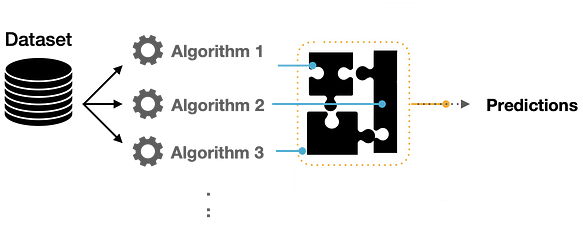
Figure 1: Diversifying the model predictions using
multiple algorithms.
Ensemble Learning
Building ensemble models is not only focused on the variance of the
algorithm used. For case, we
could make multiple C45 models where each model is learning a specific pattern
specialized in prognosticating one aspect. Those models are called weak
learners that can be used to gain a meta- model. In this architecture of ensemble learners, the
inputs are passed to each weak learner while collecting their predictions. The
combined prediction can be used to build a final ensemble model.
One important aspect to mention is those weak learners can have
different ways of mapping the features with variant decision boundaries.
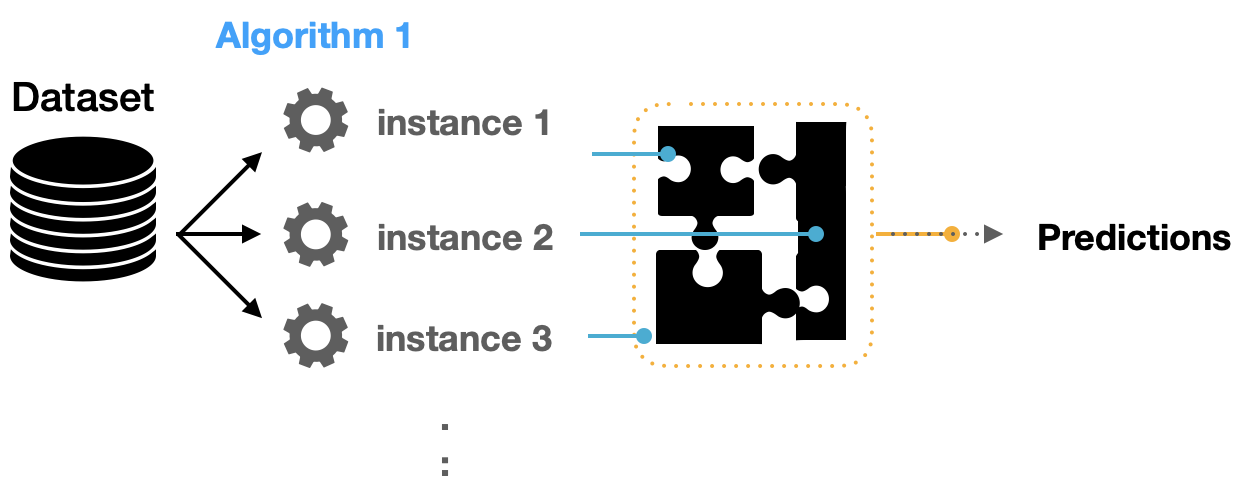
Figure 2: Aggregated predictions using multiple
weak learners of the same algorithm.
Ensemble Techniques
Bagging
The idea of bagging is grounded on making the training data available to
an iterative process of learning. Each model learns the error produced by the
former model using a slightly different subset of the training dataset. Bagging
reduces variance and minimizes overfitting. One illustration of such a fashion
is the Random Forest algorithm.
1. Bootstrapping: Bagging
is grounded on a bootstrapping slice fashion. Bootstrapping creates multiple
sets of the original training data with relief. relief enables the duplication
of sample cases in a set. Each
subset has the same equal size and can be used to train models in parallel.
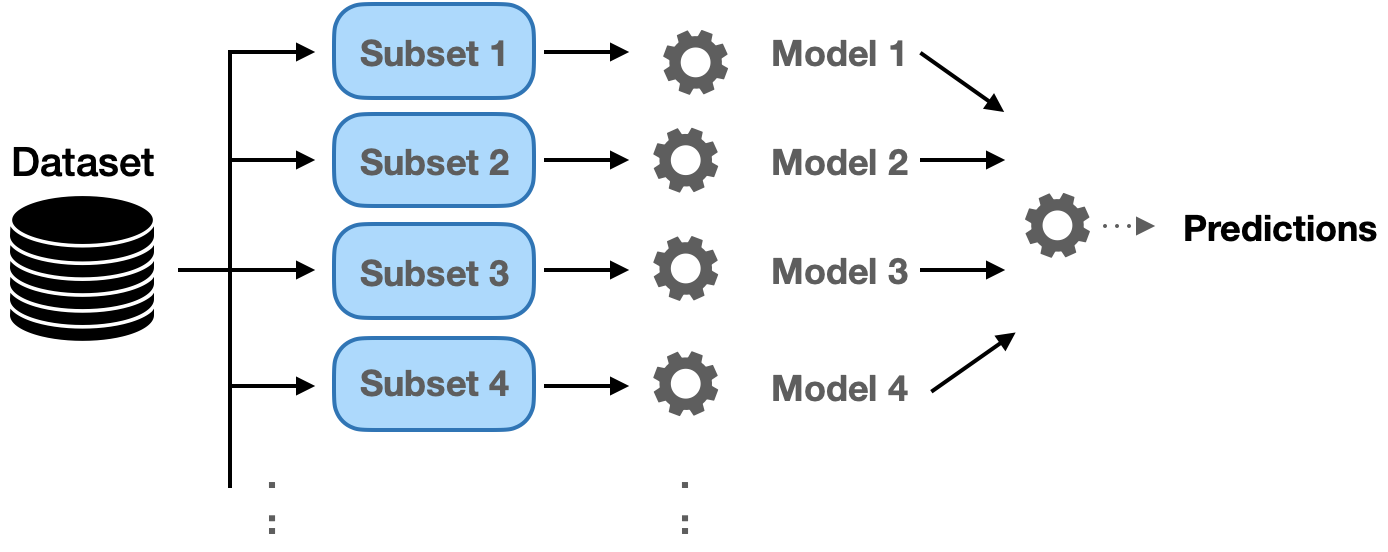
Figure 3: Bagging technique to make final
predictions by combining predictions from multiple models.
2.
Random Forest:
Uses subset of training samples as well as subset of features to make multiple
split trees. Multiple decision trees are erected to fit each training set. The
distribution of samples/ features is generally enforced in a arbitrary mode.
3. Extra-Trees Ensemble: This is another
ensemble fashion where the prognostications are combined from numerous decision
trees. analogous to Random Forest, it combines a large number of decision
trees. still, theExtra-trees use the whole sample while choosing the splits
aimlessly.
Boosting
1. Adaptive Boosting( AdaBoost): This is an ensemble of
algorithms, where we make models on the top of several weak learners. As we
mentioned before, those learners are called weak because they're generally
simple with limited vaticination capabilities. The adaption capability of
AdaBoost made this fashion one of the foremost successful double classifiers.
successional decision trees were the core of similar rigidity where each tree
is conforming its weights grounded on previous knowledge of rigor. Hence, we
perform the training in such a fashion in successional rather than resemblant
process. In this fashion, the process of training and measuring the error in
estimates can be repeated for a given number of replication or when the error
rate isn't changing significantly.

Figure 4: The sequential learning of AdaBoost
producing stronger learned model.
2. Gradient
Boosting: Gradient boosting algorithms are great techniques
that have high predictive performance. Xgboost, LightGBM, and CatBoost are
popular boosting algorithms that can be used for regression and classification
problems. Their popularity has significantly increased after their proven
ability to win some Kaggle competitions.
Stacking
We've
seen before that the combining models can be enforced using an aggregating
system( for illustration, advancing for bracket or normal for retrogression
models). mounding is analogous to boosting models; they produce further robust
predictors. mounding is a process of learning how to produce such a stronger
model from all weak learners ’ predictions.
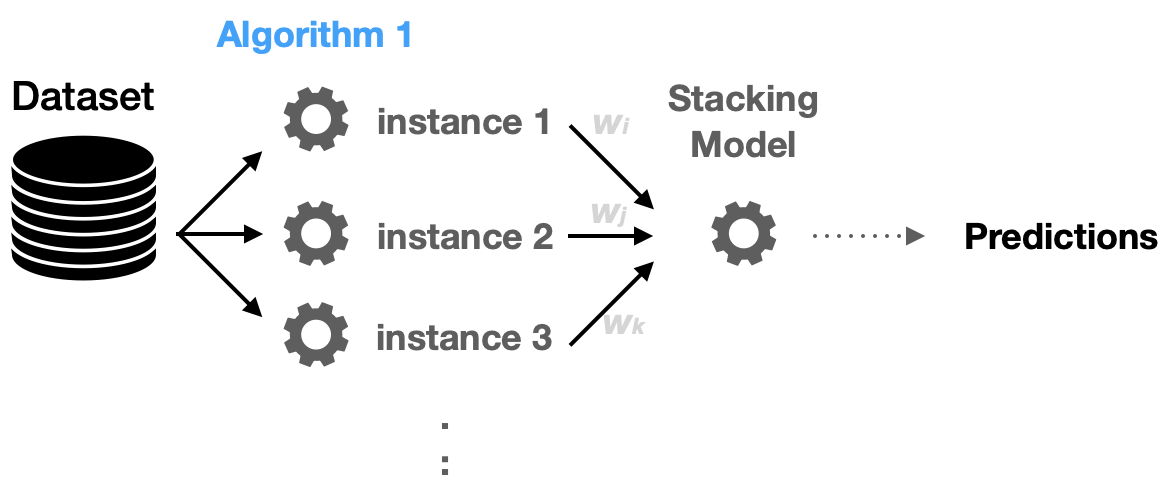
Figure 5: Stacking technique for making final
prediction in an ensemble architecture.
Please note that what is being learned here (as features) is the
prediction from each model.
Blending
veritably
analogous to the mounding approach, except the final model is learning the
confirmation and testing dataset along with prognostications. Hence, the
features used is extended to include the confirmation set.
Classification
Problems
Since classification is simply a categorization process. However, we need to decide
shall we make a singlemulti-label classifier? or shall we make multiple double
classifiers? If we decided to make a number of double classifiers, we need to
interpret each model vaticination, If we've multiple markers. For case, if we
want to fete four objects, each model tells if the input data is a member of
that order. Hence, each model provides a probability of class. also, we can
make a final ensemble model combining those classifiers.
Regression
Problems
In the former function, we determine the best fitting membership using
the resulted probability. In regression problems, we aren't dealing with yes or
no questions. We need to find the best predicted numerical values. We can
average the collected predictions.
Aggregating
Predictions
When we ensemble multiple algorithms to adapt the prediction process to
combine multiple models, we need an aggregating method. Three main ways can be
used:
1. Max Voting: The final
prediction in this technique is made based on majority voting for
classification problems.
2. Averaging: Typically
used for regression problems where predictions are averaged. The probability
can be used as well, for instance, in averaging the final classification.
3. Weighted
Average: Sometimes, we need to give weights to some models/algorithms when
producing the final predictions.
Example
We will use the following example to illustrate how to build an ensemble
model. The Titanic dataset is used in this example, where we try to predict the
survival of the Titanic using different techniques. A Sample of the dataset and
the target column distribution to the passengers’ age are shown in Figure 6 and
Figure 7.

Figure 6: A sample of the Titanic dataset showing
that consist of twelve columns.

Figure 7: The distribution of Age column to the
target.
The Titanic dataset is one of the classification problems that need
extensive feature engineering. Figure 8 shows the strong correlation between
some features such as Parch (parents and children) with the Family Size. We
will try to focus only on the model building and how the ensemble model can be
applied to this use case.

Figure 8: Correlation matrix plot of the features.
dataset columns.
We will use different algorithms and techniques; therefore, we will
create a model object to increase code reusability.
# Model Class to be used for different ML algorithms
class ClassifierModel(object):
def __init__(self, clf, params=None):
self.clf = clf(**params)def train(self, x_train, y_train):
self.clf.fit(x_train, y_train)
def fit(self,x,y):
return self.clf.fit(x,y)
def feature_importances(self,x,y):
return self.clf.fit(x,y).feature_importances_
def predict(self, x):
return self.clf.predict(x)def trainModel(model, x_train, y_train, x_test, n_folds, seed):
cv = KFold(n_splits= n_folds, random_state=seed)
scores = cross_val_score(model.clf, x_train, y_train, scoring='accuracy', cv=cv, n_jobs=-1)
return scores
Random
Forest Classifier
# Random Forest parameters
rf_params = {
'n_estimators': 400,
'max_depth': 5,
'min_samples_leaf': 3,
'max_features' : 'sqrt',
}
rfc_model = ClassifierModel(clf=RandomForestClassifier,
params=rf_params)
rfc_scores = trainModel(rfc_model,x_train, y_train, x_test,
5, 0)
rfc_scores
Extra
Trees Classifier
# Extra Trees Parameters
et_params = {
'n_jobs': -1,
'n_estimators':400,
'max_depth': 5,
'min_samples_leaf': 2,
}
etc_model = ClassifierModel(clf=ExtraTreesClassifier,
params=et_params)
etc_scores = trainModel(etc_model,x_train, y_train, x_test,
5, 0) # Random Forest
etc_scores
AdaBoost
Classifier
# AdaBoost parameters
ada_params = {
'n_estimators': 400,
'learning_rate' : 0.65
}
ada_model = ClassifierModel(clf=AdaBoostClassifier,
params=ada_params)
ada_scores = trainModel(ada_model,x_train, y_train, x_test,
5, 0) # Random Forest
ada_scores
XGBoost
Classifier
# Gradient Boosting parameters
gb_params = {
'n_estimators': 400,
'max_depth': 6,
}
gbc_model = ClassifierModel(clf=GradientBoostingClassifier,
params=gb_params)
gbc_scores = trainModel(gbc_model,x_train, y_train, x_test,
5, 0) # Random Forest
gbc_scores
Let combine all the model cross-validation accuracy on five folds.
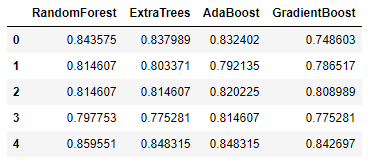
Now let’s build a stacking model where a new stronger model learns the
predictions from all these weak learners. Our label vector used to train the
previous models would remain the same. The features are the predictions
collected from each classifier.
x_train = np.column_stack((
etc_train_pred, rfc_train_pred, ada_train_pred, gbc_train_pred, svc_train_pred))
Now let’s see if building XGBoost model learning only the resulted
prediction would perform better. But, we will take a quick peek at the
correlations between the classifiers’ predictions before that.
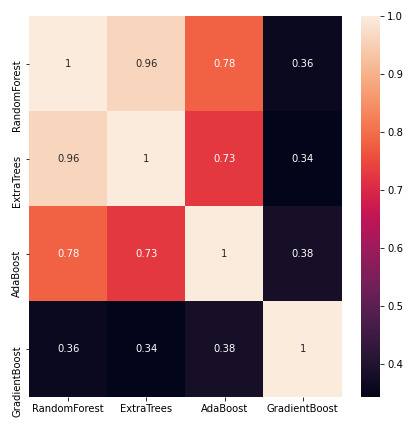
Figure 9: The Pearson correlation between the
classifiers voting labels.
We will now build a model to combine the predictions from multiple
contributing classifiers.
def trainStackModel(x_train, y_train,
x_test, n_folds, seed):
cv = KFold(n_splits= n_folds, random_state=seed)
gbm = xgb.XGBClassifier(
n_estimators= 2000,
max_depth= 4,
min_child_weight= 2,
gamma=0.9,
subsample=0.8,
colsample_bytree=0.8,
objective= 'binary:logistic',
scale_pos_weight=1).fit(x_train, y_train)
scores = cross_val_score(gbm, x_train, y_train,
scoring='accuracy', cv=cv)
return scores
The previously created base classifiers represent Level-0 models, and
the new XGBoost model represents the Level-1 model. The combination illustrates
a meta-model trained on the predictions of sample data. A quick comparison between
the accuracy of the new stacking model to the base classifiers are shown as
follows:
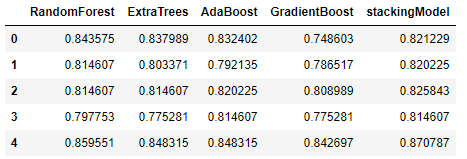
Careful Considerations
1. Noise, bias,
and Variance: The combination of decisions from multiple models
can help improve the overall performance. Hence, one of the key factors to use
ensemble models is overcoming these issues: noise, bias, and variance. If the
ensemble model does not give the collective experience to improve upon the
accuracy in such a situation, then a careful rethinking of such employment is
necessary.
2. Simplicity and
Explainability: Machine learning models, especially those put
into production environments, are preferred to be simpler than complicated. The
ability to explain the final model decision is empirically reduced with an
ensemble.
3. Generalizations: There are
many claims that ensemble models have more ability to generalize, but other
reported use cases have shown more generalization errors. Therefore, it is very
likely that ensemble models with no careful training process can quickly
produce high overfitting models.
4. Inference Time: Although
we might be relaxed to accept a longer time for model training, inference time
is still critical. When deploying ensemble models into production, the amount
of time needed to pass multiple models increases and could slow down the
prediction tasks’ throughput.
Summary
Ensemble models is an excellent method for machine learning. The
ensemble models have a variety of techniques for classification and regression
problems. We have discovered the types of such models, how we can build a
simple ensemble model, and how they boost the model accuracy.

Very enlightening
ReplyDeletehelpful
ReplyDeleteThank you for the information.Gr8 work.
ReplyDeleteVery Informative
ReplyDeleteNice content !! good work 👍
ReplyDeleteWell sorted and collective info
ReplyDeleteWhat a great blog!
ReplyDeleteHelpful , Informative !!! Great job !!
ReplyDeleteWell done 👏👏
ReplyDeleteNice content!! Great job 👏👏
DeleteEuuuuuu
ReplyDeletenustaa bhurrr 🔥🔥
ReplyDeleteThank you so much for sharing all this wonderful info
ReplyDeleteThanks for the Knowledge!
ReplyDeleteVery informative ,nice blog!!
ReplyDelete